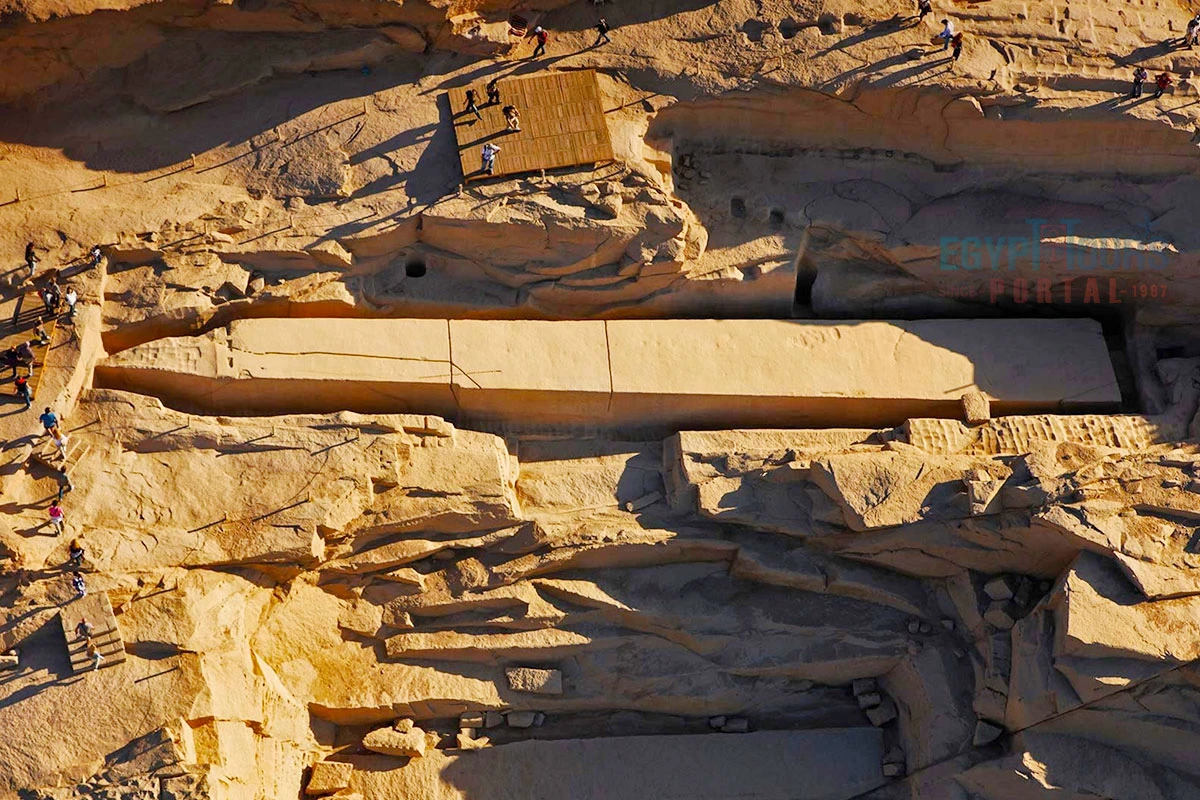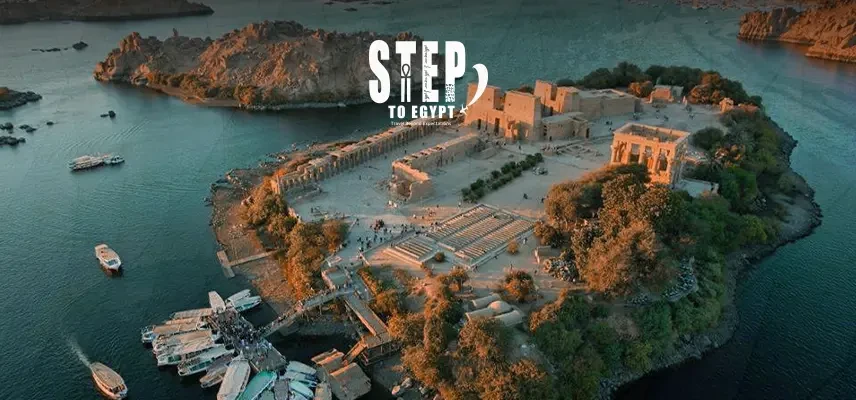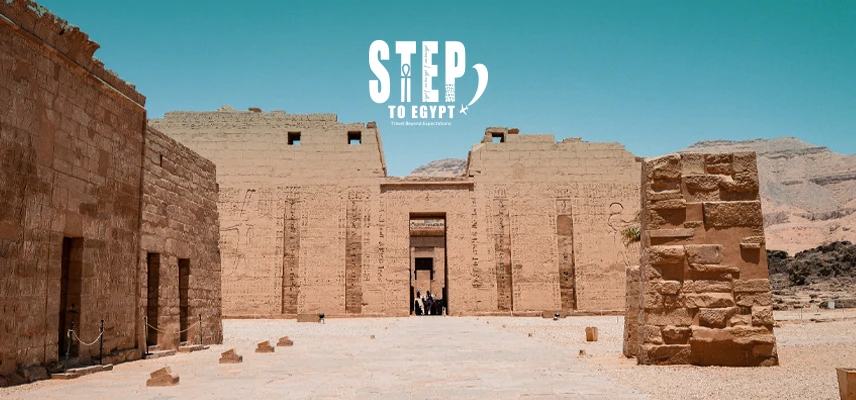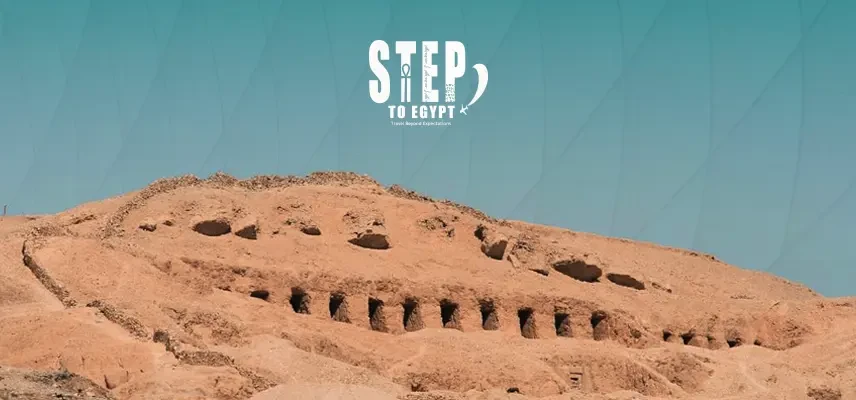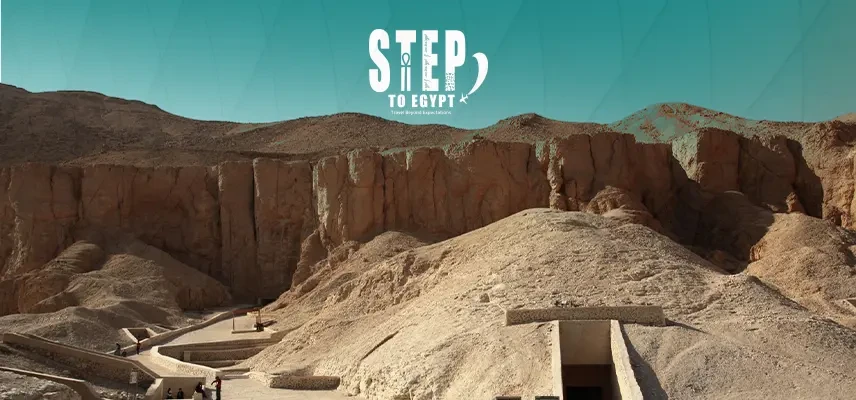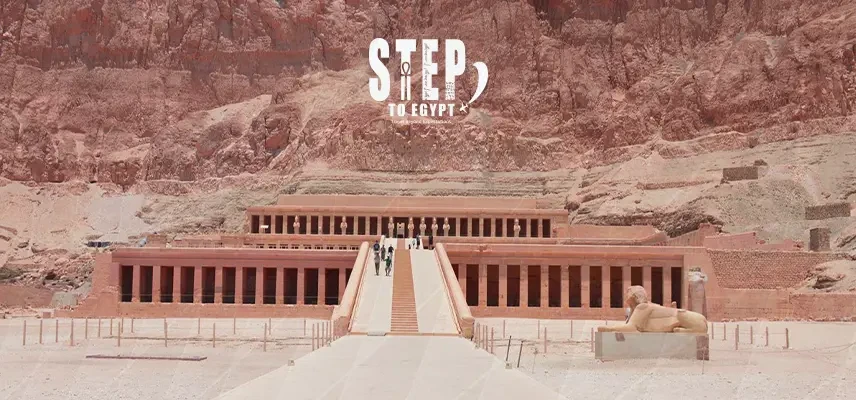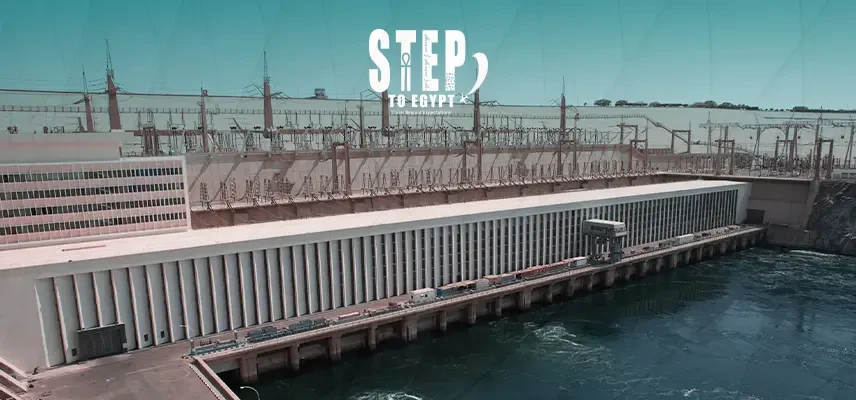
In 1970, the Aswan High Dam was completed with massive assistance from the Soviet Union. Today, the High Dam Aswan Egypt, is now regarded as one of Egypt's most ambitious contemporary engineering undertakings.
The dam fundamentally altered the nation's approach to Nile River management. The High Dam contributed to the creation of Lake Nasser by controlling the river's formerly erratic floods, turning seasonal chaos into a dependable supply of water, cropland, and energy. Egypt's industry, tourism, and agriculture all saw significant growth as a result of this transition, which still supplies almost half of the nation's electricity today. The careful planning of the High Dam spared many historic temples and monuments, including Abu Simbel.
But the Aswan High Dam also presented difficulties in addition to its achievements. The ecology was permanently changed, and entire Nubian villages were moved. The High Dam Egypt is nonetheless regarded as one of Egypt's most proud representations of development since the 1952 revolution, notwithstanding these negative consequences.
By controlling the powerful Nile floods, this project helped Egypt secure money, energy, and stability, laying the groundwork for its industrial period. The Aswan High Dam Egypt continues to stand as a tribute to Egypt's future vision to this day. Standing atop this enormous dam is a must-do experience for everyone taking a Luxor and Aswan Nile cruises

What Is the History of the Aswan High Dam?
To truly understand why the High Dam means so much, you have to look back to the Aswan High Dam history. Egyptians have dreamed of taming the Nile for centuries, beginning in the ninth century. The genius Ibn al-Haytham attempted to build a dam during the Fatimid Caliphate but failed hundreds of years later, between 1898 and 1902. The British built the first low dam at Aswan, led by Sir William Willcocks. King Farouk even asked the Egyptian-Greek engineer Adrian Daninos in 1912 to design what would later become the High Dam, but that plan remained on paper.
The dream was not realized until Gamal Abdel Nasser and the Free Officers took power. They knew that if they could store the Nile's floodwaters, they could change Egypt forever. When the West refused to help, the Soviet Union stepped in with funds, experts, and equipment in 1956. The Soviet Union offered more than $1 billion to start the project after Egypt nationalized the Suez Canal. Nasser used that money, too.
In 1958, the plan was put into action, and actual construction began in January 1960. By the spring of 1971, Egypt had completed one of its largest modern constructions, which still attracts people today who come on tours to Egypt to see how it all began.

How Was the Aswan High Dam Constructed?
Building the Aswan High Dam was no small undertaking, requiring Soviet engineers, machinery, and manpower. Construction began in 1960 and lasted until 1976, using approximately 43 million cubic meters of stone and soil.
Construction took 10 years and involved around 34,000 workers. It also created a massive hydroelectric power plant with six turbines that generate 2.1 million kilowatts. Alongside these are 12 Francis turbines, giving the Aswan High Dam capacity to produce up to 2,100 megawatts — enough to power countless Egyptian factories and homes.

Where Is the Aswan High Dam Located?
You'll find the High Dam about thirteen kilometers south of Aswan, right where the Nile narrows at the First Cataract. This location was chosen because it made it easier to block and manage the river and build Lake Nasser, which now contains water that feeds farmland, keeps the river stable, and powers hydroelectric turbines.
The dam transformed this stretch of the Nile into a vital source of stable life for the heart of Egypt

What Is the Architectural Design of the Aswan High Dam?
In its massive size, the Aswan High Dam is a wall unlike any other. It stands approximately 111 meters high, stretches 3,830 meters long, and is about 980 meters wide at its thickest point.
Millions of cubic meters of stone and earth were used in its construction, and the Aswan High Dam cost around $1.1 billion at the time. Most of this cost came from a large Soviet loan that Egypt slowly repaid while using the dam to propel its industries

What Are the Major Impacts of the Aswan High Dam?
Economic Impact
For the economy the dam did more than just hold back floods it turned seasonal chaos into steady fields and new farms millions of acres got reclaimed and protected from droughts thanks to the water the dam holds many people on egypt classic tours learn how crops like cotton rice sugarcane and wheat expanded giving hundreds of thousands of families land to farm and jobs to build a future the power the dam makes still lights up half the country fueling businesses and homes across egypt.
Social Impact
Socially, the dam gave families jobs and better living conditions. Many Egyptians rose out of poverty as farms and factories grew up along the new water supply, and the new villages built around Lake Nasser gave hope to thousands who needed steady work and safe homes.
Biological Impact
With all good things came problems. The lake’s standing water brought diseases like schistosomiasis, and some fish stocks suffered when the ecosystem shifted as the floods no longer brought fresh silt downstream.
Physical Impact
On the ground, the dam made the desert bloom in new places, but it also made some soil salty and stopped the river’s natural silt from reaching farms further north. Many travelers on Egypt day tours hear from local guides how that same silt once fed fields from Aswan to the Mediterranean

What Problems and Challenges Has the Aswan High Dam Faced?
Even with all its triumphs, the High Dam also brought enormous costs. The rich Nile silt remained trapped behind the dam instead of flowing downstream, meaning farmers closer to the delta had to work harder to maintain the fertility of their lands. The dam created Lake Nasser, which swallowed entire villages. Nearly 100,000 Nubians lost their homes and moved 45 kilometers away to build new lives. The lake also buried archaeological sites forever underwater. Some treasures, like Abu Simbel, were saved in a heroic race against time when UNESCO helped cut them apart and rebuild them piece by piece above the flood line.
Other temples at Philae and Kalabsha were also saved as a thank you to Egypt for gifting some of their preserved temples to the countries that helped. You can see the Temple of Debod in Madrid, the Temple of Dendur in the Met Museum in New York, the Temple of Tafe in Leiden, and the Temple of Elysia in the Turin Museum. Even the National Museum of Sudan in Khartoum has a piece, but some sites, like Buhen Fort, are now hidden deep underground

What Is Lake Nasser and Why Is It Important?
Lake nasser is huge it’s one of the world’s biggest man made lakes created when the high dam rose in the sixties covering over five thousand two hundred square kilometers stretching five hundred fifty kilometers long and up to thirty five kilometers wide about eighty three percent of it lies inside egypt the rest is in northern sudan where people call it lake nubia the lake’s main job is to store floodwater feed fields and make power for millions its creation forced about fifty thousand nubians to move to new nubia not far from aswan and its story is forever tied to the rescue of abu simbel and other ancient temples that might have vanished without that global effort

What Are Some Great Aswan High Dam Facts?
- More than fifty thousand Nubians had to leave their villages, some moving as far as forty-five kilometers, so the new lake could fill behind the dam.
- Building the high dam took about ten years from nineteen sixty to nineteen seventy, driven by President Nasser’s plan to protect Egypt from floods and droughts and build strong factories.
- One of the surprising Aswan High Dam facts is that the soviets didn’t just lend money, they sent machines, engineers, and technical know-how to make it real
- When droughts hit in the seventies and eighties, the stored water behind the dam kept Egypt’s farmlands alive while nearby regions struggled without rain
- Stopping the Nile’s floods blocked the natural silt that once fed Egypt’s farmland and river life, but the turbines now spin out more than ten billion kilowatt hours of power every yea,r lighting up half the countryThehe dramatic rescue of Abu Simbel is one of the bravest archaeological missions of modern times, cutting a giant temple into blocks and moving it stone by stone to save it from Lake Nasser’s rising waters
- The huge power station still runs twelve turbines that pump out about two point one gigawatts of energy, keeping factorie,s tow,ns and homes across Egypt powered day and night

Why Should I Visit the Aswan High Dam?
When you plan your Egypt tours, don’t miss this massive dam. Its story is about how a single project turned a wild river into a steady life. Step to Egypt can help you visit the High Dam, stand by Lake Nasser, and see Abu Simbel’s saved statues all in one journey on a custom Egypt luxury tour
About The Author: STE Team

